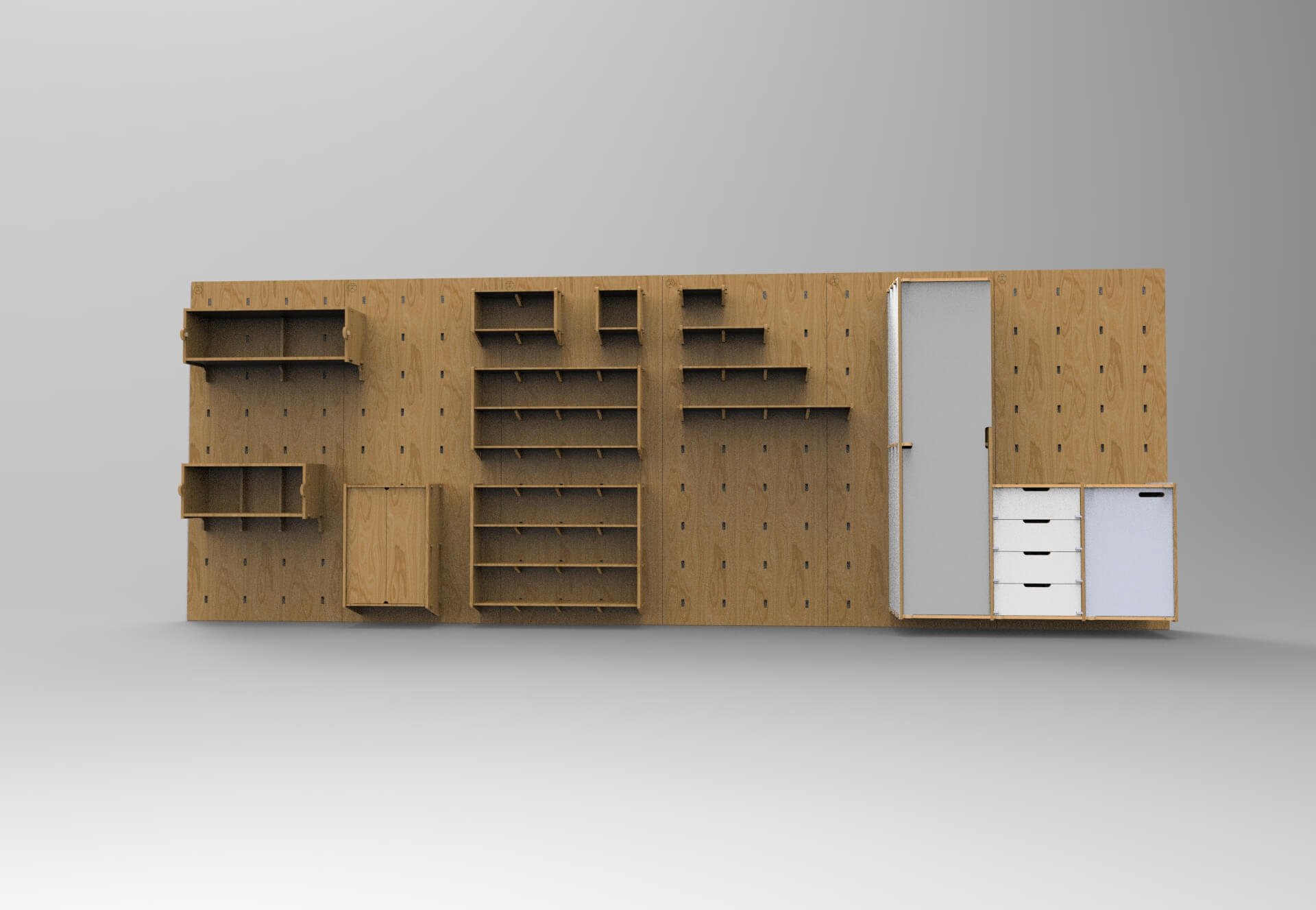Tiny Living, Big Challenges: Navigating the Struggles of Tiny Home Living
Before designing our iPamp tiny home, we had to figure out the main challenge of tiny home living.
Living in a tiny house can be a dream come true for many. With the rising popularity of NZ tiny homes and minimalism, it’s not hard to see why people are drawn to the idea of living with less. The idea of building or purchasing a compact home that can move with you from place to place without breaking the bank is undoubtedly appealing. However, as with any living arrangement, some challenges come with tiny home living. From storage to moving, joinery to shelving, and finish to tone, there is much to consider when making a tiny home work for you. In this blog post, we’ll dive into some of the biggest challenges people face when living in tiny homes and provide tips on navigating them.
Storage
One of the biggest challenges of living in a tiny home is more storage space. Downsising your possessions can be a real struggle, and even with careful consideration, it’s likely that you’ll still find yourself lacking adequate storage. Getting creative with your storage solutions is the key to solving this problem. Utilise every inch of space available, from under your bed to your ceiling. Consider installing shelves and hooks to store items in plain sight, and use multi-functional furniture, such as beds with built-in storage or tables that fold away when not in use.
Moving
Another challenge of tiny home living is the constant need to move your home from place to place. Whether you’re a full-time tiny home resident or enjoy the occasional road trip, navigating the logistics of moving such a compact space can be difficult. Careful planning is essential here. Make sure your tiny home is built to be mobile and can adapt to various types of terrain. Have a solid plan for where you’ll park your tiny home during your travels.
Joinery
When building a tiny home, joinery is an essential component. Joinery refers to how pieces of wood or other materials are joined to create a sturdy structure, with furniture being the tool we use to live. This is especially important in tiny homes, as the structure must withstand travel and constant movement. However, this can be a daunting task for those unfamiliar with the process. If you’re building a tiny home yourself, it’s essential to research and seek help or guidance from an expert. If you’re purchasing a pre-built tiny home, ask questions about the joinery to ensure it’s up to par.
Fold down desk included.
Shelving
Another key component of tiny home living is shelving. Keeping your tiny home organised and clutter-free can only be easy with ample shelving. However, not all types of shelving are created equal. When choosing shelving for your tiny home, it’s important to consider durability, functionality, and weight capacity. Additionally, you’ll want to choose shelving that fits with the overall aesthetic of your home. Floating shelves can be an excellent option for those who want to save space while still providing ample storage, and open shelving can give your tiny home a bright, airy feel.
iPamp tiny home shelving range.
Finish and Tone
Finally, another challenge of tiny home living is finding the right finish and tone for your space. Living in such a small area means that every design choice matters and it can be easy to feel overwhelmed when making those choices. When selecting colours and finishes for your tiny home, remember that lighter colours make spaces feel more open and airy, while darker colours can make a space feel cozy and warm. Additionally, be sure to choose low-maintenance and easy-to-clean finishes, as the small space means messes will be more noticeable.
Conclusion
While tiny home living certainly has its challenges, it can also be incredibly fulfilling and rewarding. You can make your tiny home work by being creative with storage solutions, careful with logistics and joinery, strategic with shelving choices, and mindful of finishes and tones. With a little bit of planning and consideration, living small can be a big adventure.
Comment below if you have anything else to add for other readers.



